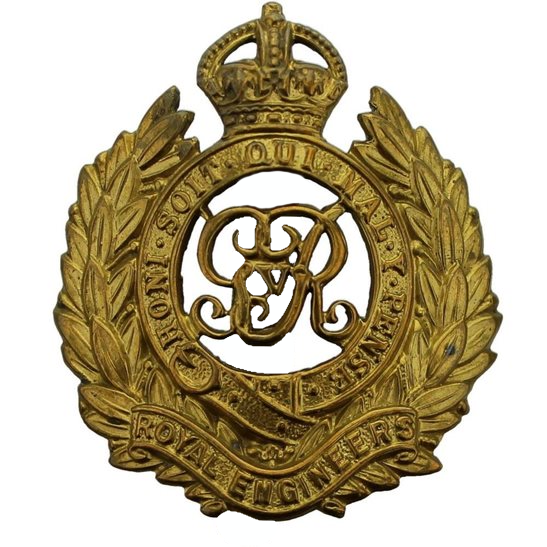Personal Details
Born: In 1883 in Wellingborough, Northamptonshire and baptised there on 29 October in the same year.
Family: He was the youngest of four children of Thomas Henson, a boot riveter, and his wife, Sarah. He married Ethel Brigstock on 5 August 1907 at All Saints Church, Wellingborough and together they had 6 children – Margaret Evelyn Maude, Phyllis Nancy, Kathleen Mary, Dorothy May, Mildred E and Betty. Sadly Mildred died at the age of one.
Residence: In 1891 the family were living in Dale Street, Wellingborough, Northamptonshire. By 1901 George had left home and was boarding at 32 Wellington Street, Barnsley, Yorkshire. By 1911 he had married and was living at 20 Oddfellows Cottages, Smallbrook Road, Whitchurch, Shropshire, the address shown on the 1919 Absent Voters’ Register. However in 1915 his permanent address was given as 20 West End, Whitchurch (we believe this to be the same residence). By 1939 the family had moved to 4 Smallbrook Road in the town.
Employment: George was a coach painter in 1915, working for Anthony Smith & Williams, coach builders of Whitchurch when he enlisted. In 1939 his occupation is recorded as coach and motor painter engaged on cheese vats.
Died: In 1951 in Whitchurch, aged 69.
Military Details
Regiment: Royal Engineers
Rank: Sapper
Service Number: WR/279720 (previously 388084)
Date of Enlistment: 8 November 1915
Date of Discharge: 20 May 1919
Reason for Discharge: Demobilisation
Other Information: Awarded Good Conduct Badge in 1917
George was awarded the Campaign Medals (British War Medal and Victory Medal).

The British War Medal (also known as 'Squeak') was a silver or bronze medal awarded to officers and men of the British and Imperial Forces who either entered a theatre of war or entered service overseas between 5th August 1914 and 11th November 1918 inclusive. This was later extended to services in Russia, Siberia and some other areas in 1919 and 1920. Approximately 6.5 million British War Medals were issued. Approximately 6.4 million of these were the silver versions of this medal. Around 110,000 of a bronze version were issued mainly to Chinese, Maltese and Indian Labour Corps. The front (obv or obverse) of the medal depicts the head of George V. The recipient's service number, rank, name and unit was impressed on the rim.
The Allied Victory Medal (also known as 'Wilfred') was issued by each of the allies. It was decided that each of the allies should each issue their own bronze victory medal with a similar design, similar equivalent wording and identical ribbon. The British medal was designed by W. McMillan. The front depicts a winged classical figure representing victory. Approximately 5.7 million victory medals were issued. Interestingly, eligibility for this medal was more restrictive and not everyone who received the British War Medal ('Squeak') also received the Victory Medal ('Wilfred'). However, in general, all recipients of 'Wilfred' also received 'Squeak' and all recipients of The 1914 Star or The 1914/1915 Star (also known as 'Pip') also received both 'Squeak' and 'Wilfred'. The recipient's service number, rank, name and unit was impressed on the rim.

